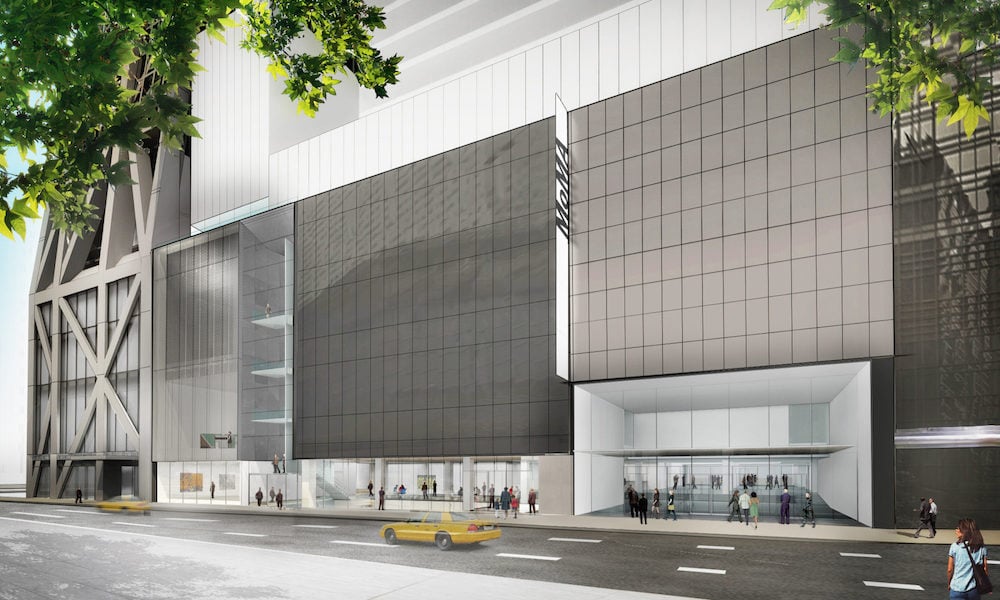
It is patrolled by the 28th and 32nd Precincts of the New York City Police Department. Central Harlem is part of Manhattan Community District 10. It contains several public elementary, middle, and high schools, and is close to several colleges including Columbia University and the City College of New York. The area is served by the New York City Subway and local bus routes.

In the 21st century, crime rates decreased significantly, and Harlem started to gentrify. With job losses during the Great Depression of the 1930s and the deindustrialization of New York City after World War II, rates of crime and poverty increased significantly. In the 1920s and 1930s, Central and West Harlem were the center of the Harlem Renaissance, a major African-American cultural movement. Harlem was predominantly occupied by Jewish and Italian Americans in the 19th century, but African-American residents began to arrive in large numbers during the Great Migration in the 20th century. Harlem's history has been defined by a series of economic boom-and-bust cycles, with significant population shifts accompanying each cycle. Originally a Dutch village, formally organized in 1658, it is named after the city of Haarlem in the Netherlands. Boulevard, Central Park, and East 96th Street. The greater Harlem area encompasses several other neighborhoods and extends west to the Hudson River, north to 155th Street, east to the East River, and south to Martin Luther King Jr. Nicholas Avenue, and Morningside Park on the west the Harlem River and 155th Street on the north Fifth Avenue on the east and Central Park North on the south. It is bounded roughly by Frederick Douglass Boulevard, St.

Harlem is a neighborhood in Upper Manhattan, New York City.


 0 kommentar(er)
0 kommentar(er)
